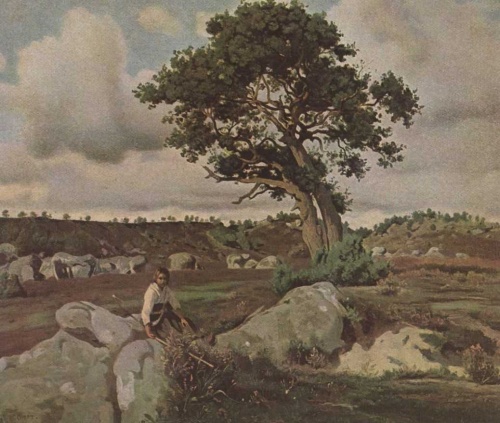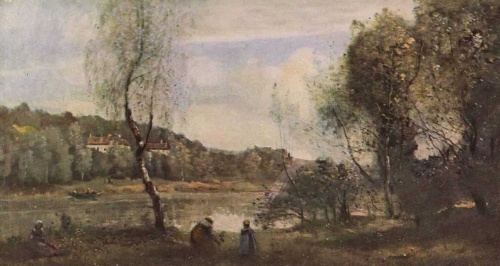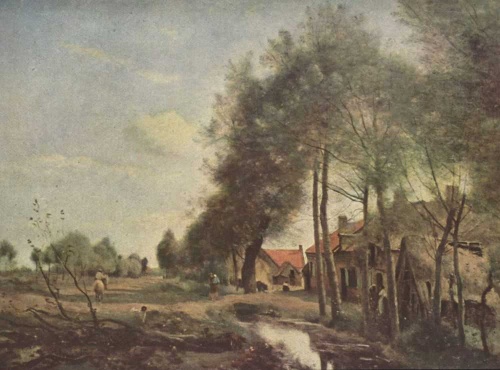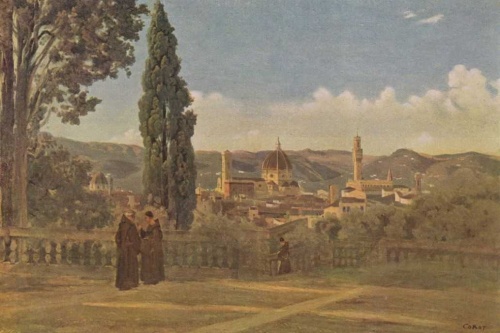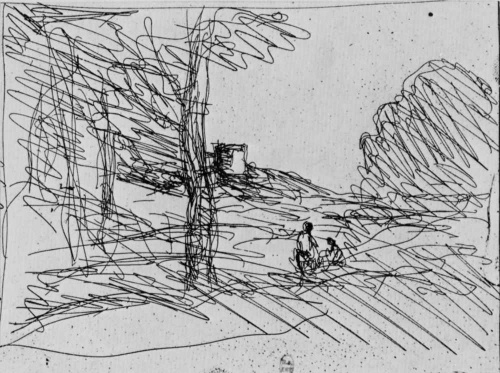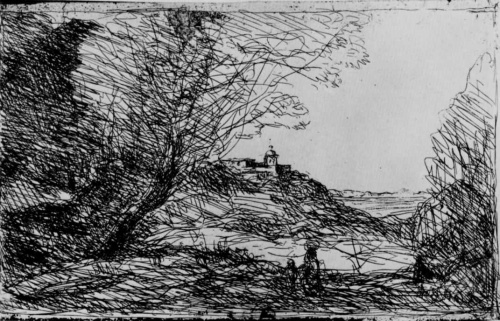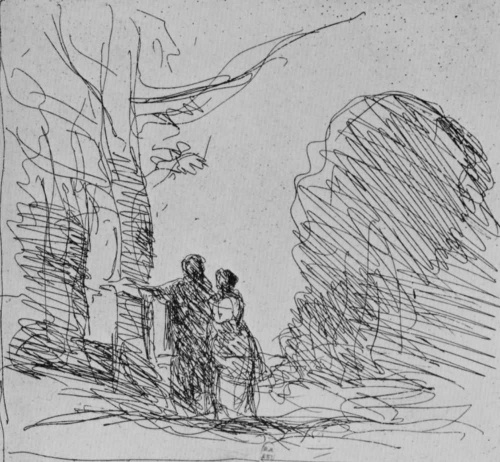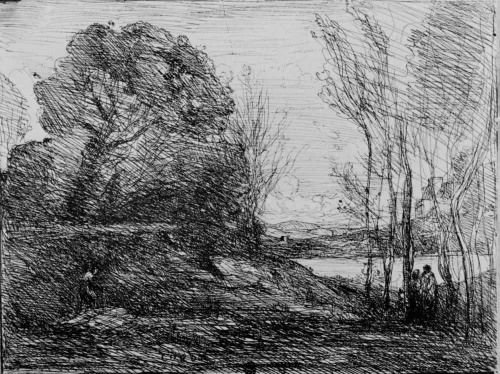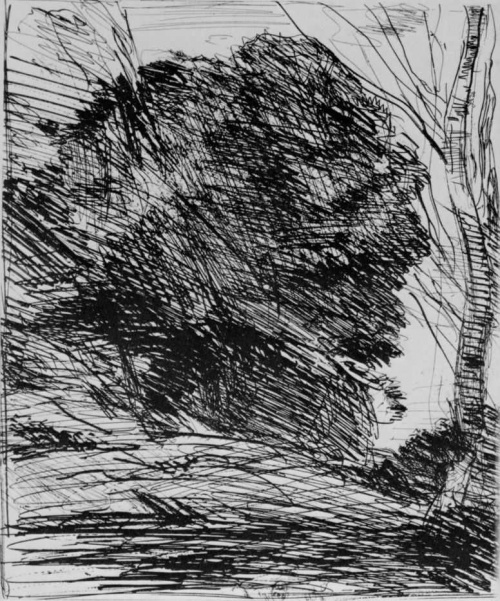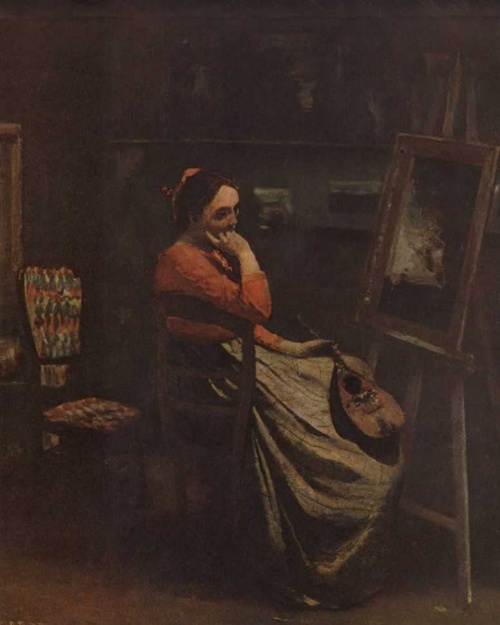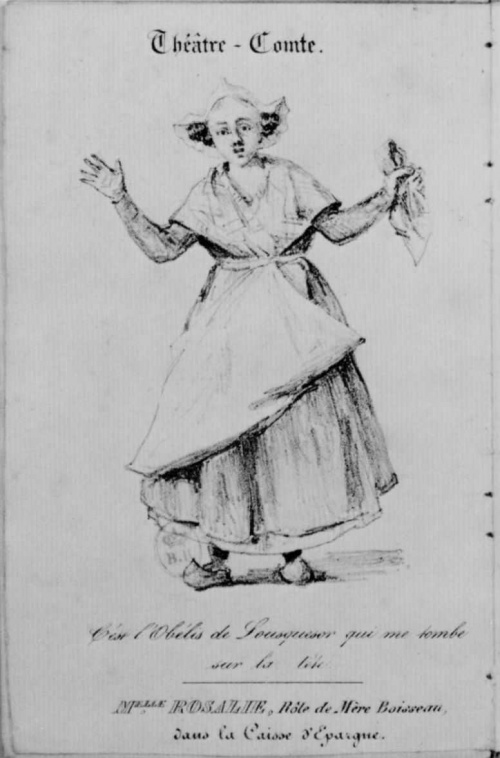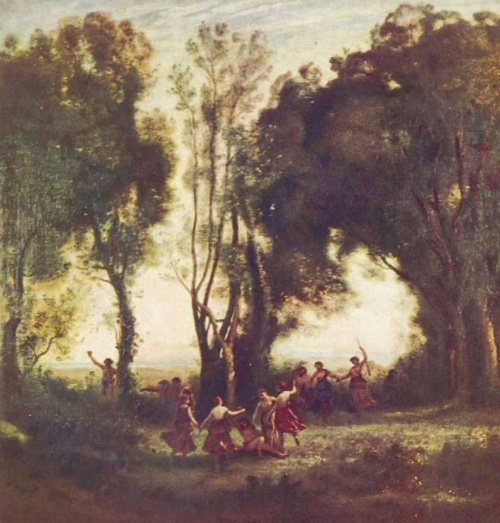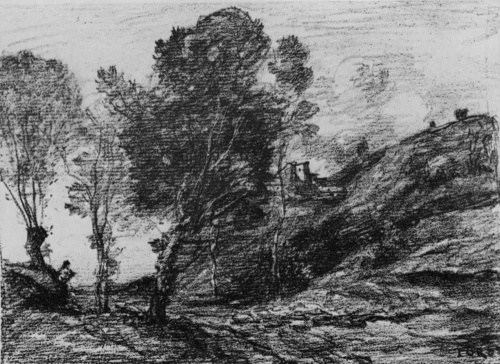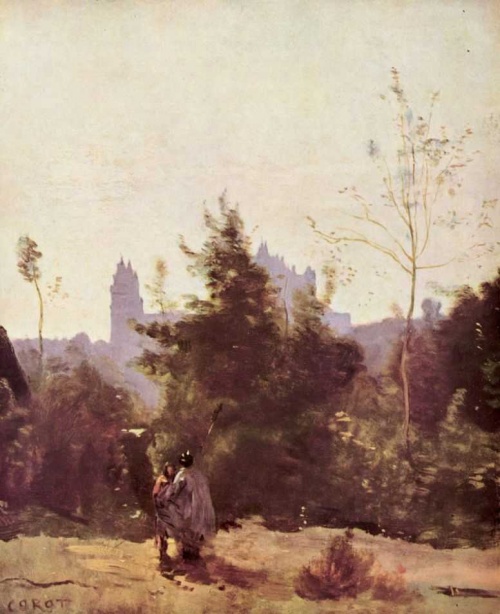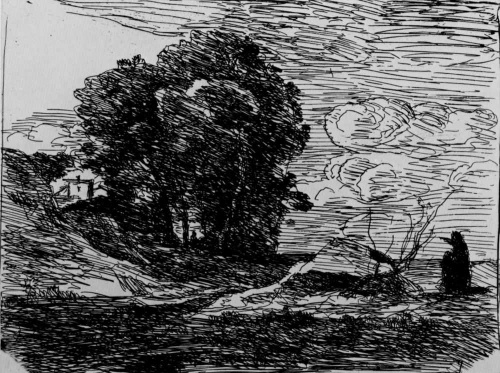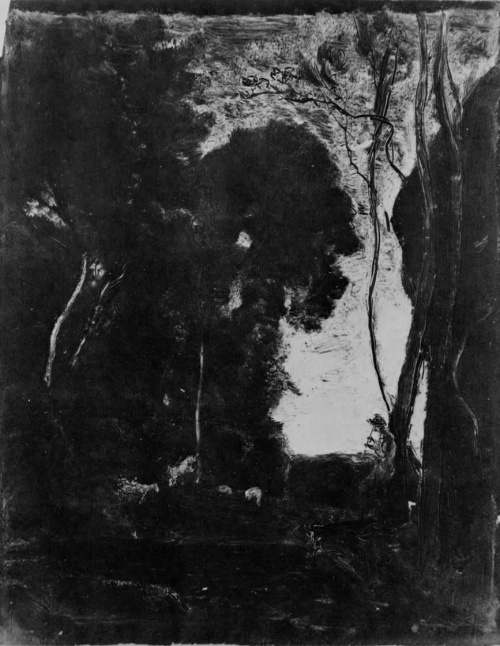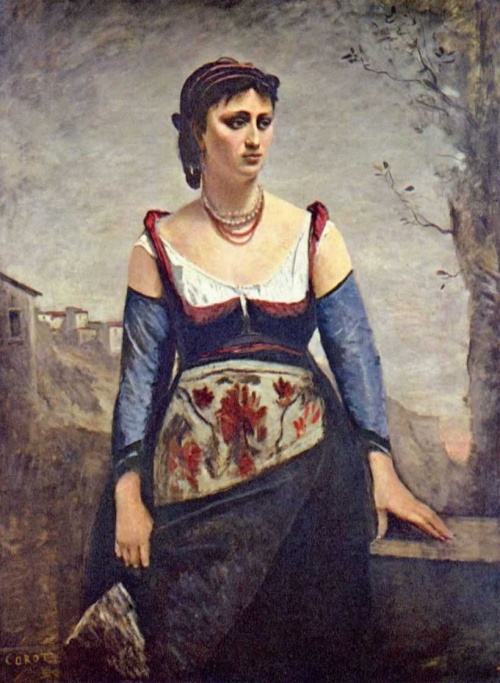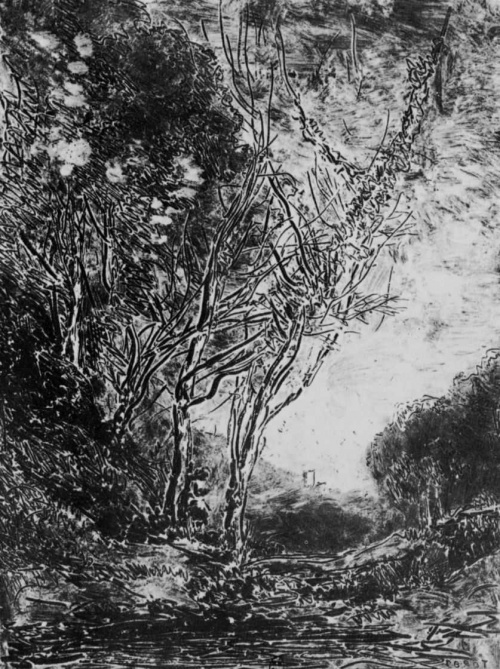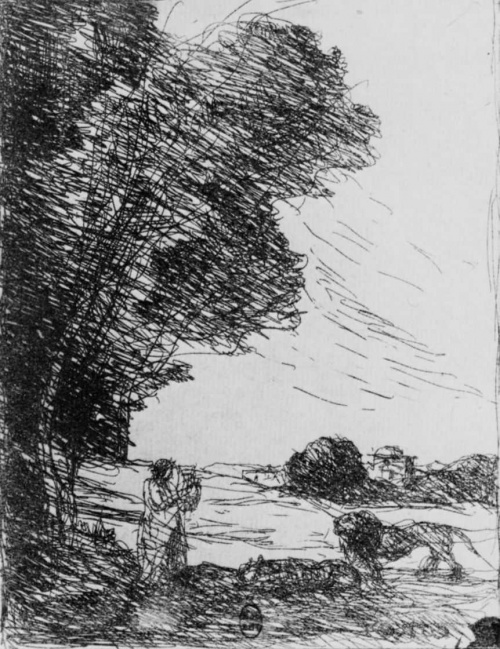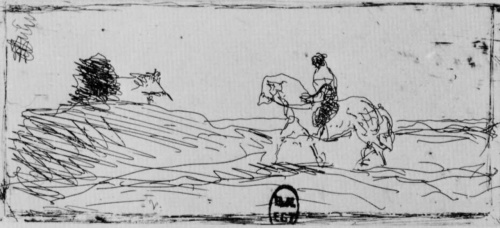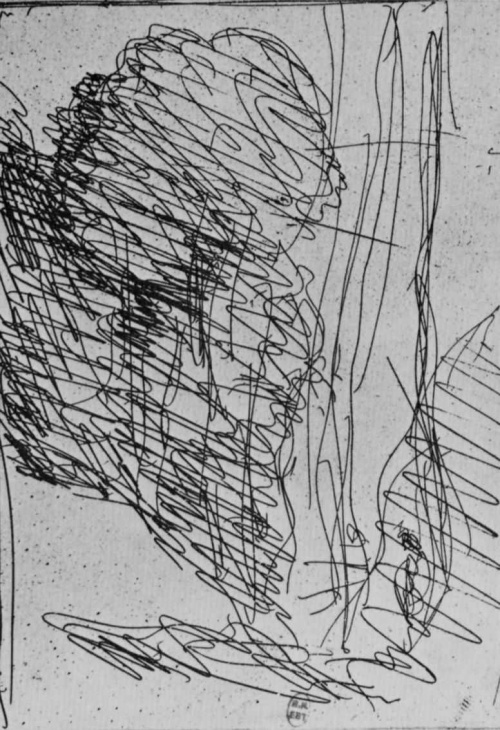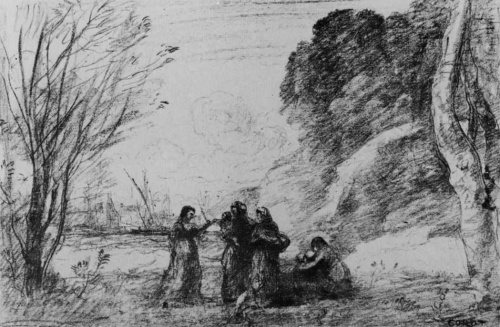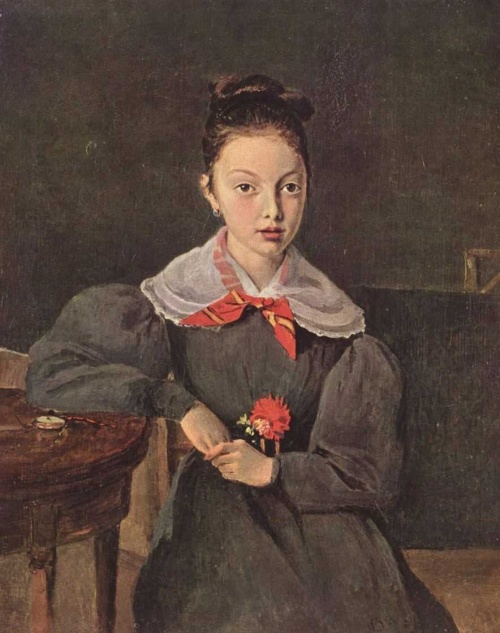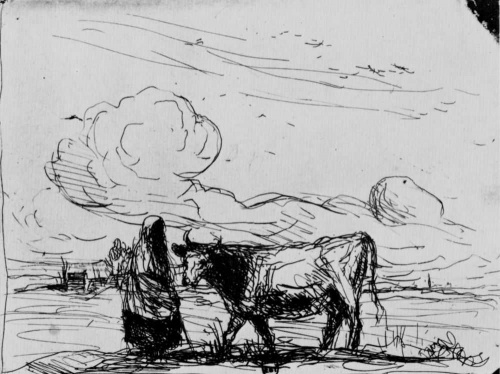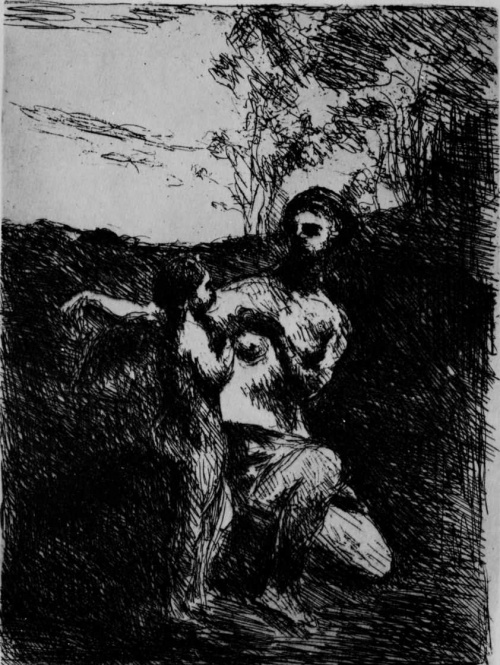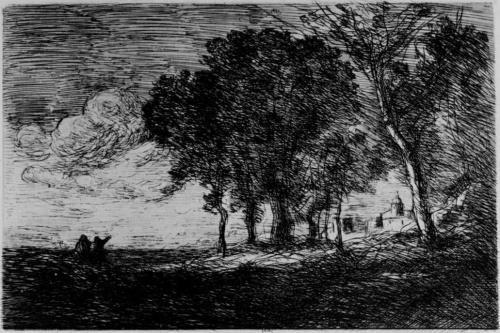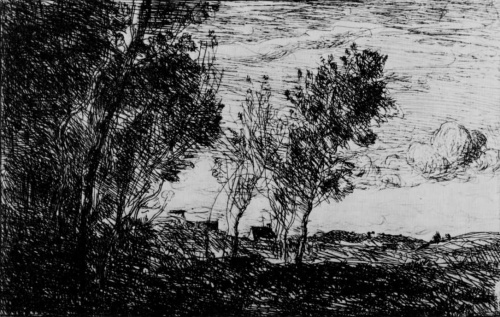Masterpieces of impressionism. Jean Baptiste Camille Corot (148 works)
Разрешение картинок от 1001x688px до 1136x880px
At first he studied sketches from life under the guidance of Michallon (French Achille-Etna Michallon, 1796-1822), and then, studying with Bertin (French Jean Victor Bertin, 1775-1842), he lost a lot of time following the academic direction of this artist, until he went to Italy in 1826 and began here again to directly study nature.
Making sketches in the vicinity of Rome, he quickly acquired an understanding mainly of the general nature of the landscape, although he carefully delved into its details and diligently copied rocks, stones, trees, bushes, moss, etc. However, in his first Italian works The desire for a rhythmic arrangement of parts and stylish forms is also noticeable.
Subsequently he worked in Provence, Normandy, Limousin, Dauphine, the outskirts of Paris and Fontainebleau, and his view of nature and execution became increasingly freer and independent. In the paintings painted after his return from Italy, he does not strive for an exact reproduction of the given area, but tries to convey the only impression of it, using its forms and tones only in order to express his poetic mood with their help.
The same goal is also promoted by the figures that he places in his landscapes, composing them into idyllic, biblical and fantastic scenes. Although he was reproached for excessive sentimentality, many of his works also exude a genuinely bright, cheerful feeling. He was, primarily, a painter of quietly sleeping waters, wide, poor horizons, skies obscured by fog, dormant forests and groves - a real Theocritus of landscape painting.
